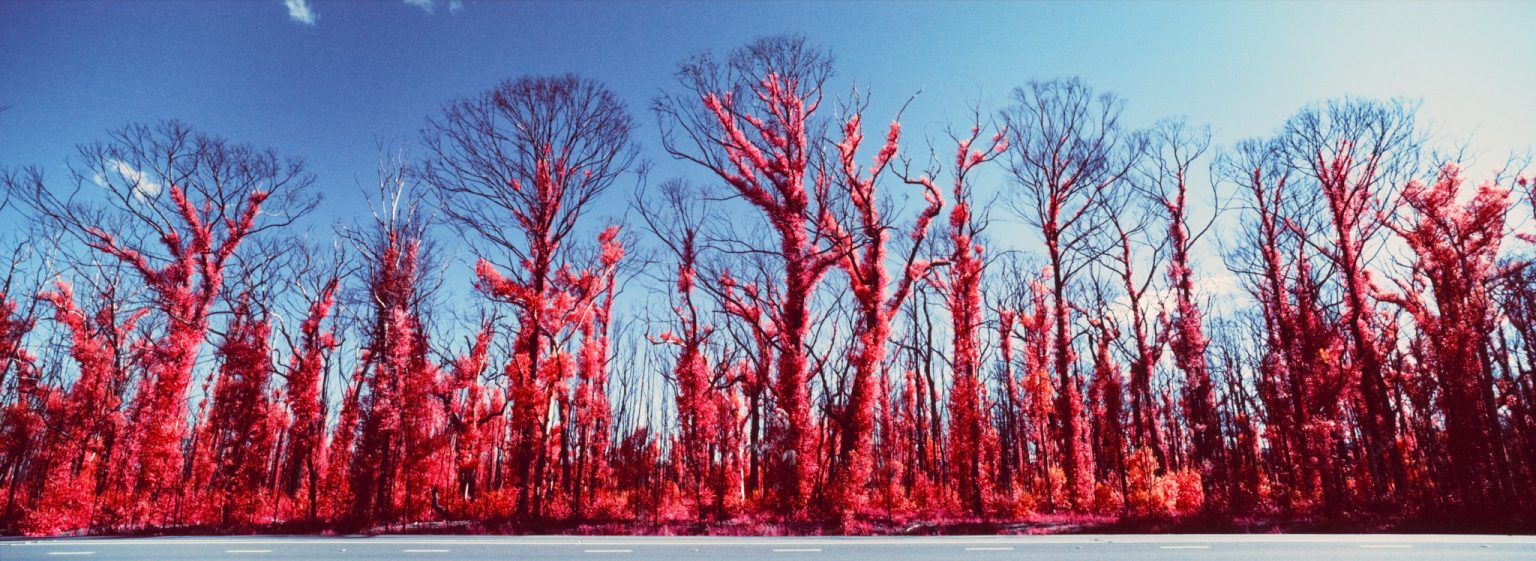
Photography
Words by Will Bentley-Hawkins
ANECDOTES & PHOTOGRAPHY BY ROB WALWYN
“Kodak Aerochrome. It creates alien yet beautiful looking results…it’s fascinating that this film records wavelengths of light our eyes cannot see”.
Wherever Rob Walwyn goes a film camera usually goes too. Ever since a trip to Africa in 2013 armed with a Canon EOS3, Rob has struggled to put these beautiful tools down. “After coming home and seeing the slides on a light table, I was hooked”.
Since then, Rob’s shot far and wide. From India to Japan, through Iceland and across Australia he’s recently polished off his 700th roll of film. While his whole catalogue is gorgeous and thought-provoking, recent frames defined by a stark red colouring really caught our attention.
First developed in the 1940’s to provide the US Armed Forces with the ability to effectively detect camouflage, this unique stock has also been used in archaeological exploration, forest surveys, medical imaging and water pollution studies. Famous photographers have utilised its otherworldly results too including Karl Ferris’ frames of Jimi Hendrix, Elliot Landy’s images of Bob Dylan and Richard Mosse’s The Enclave series.
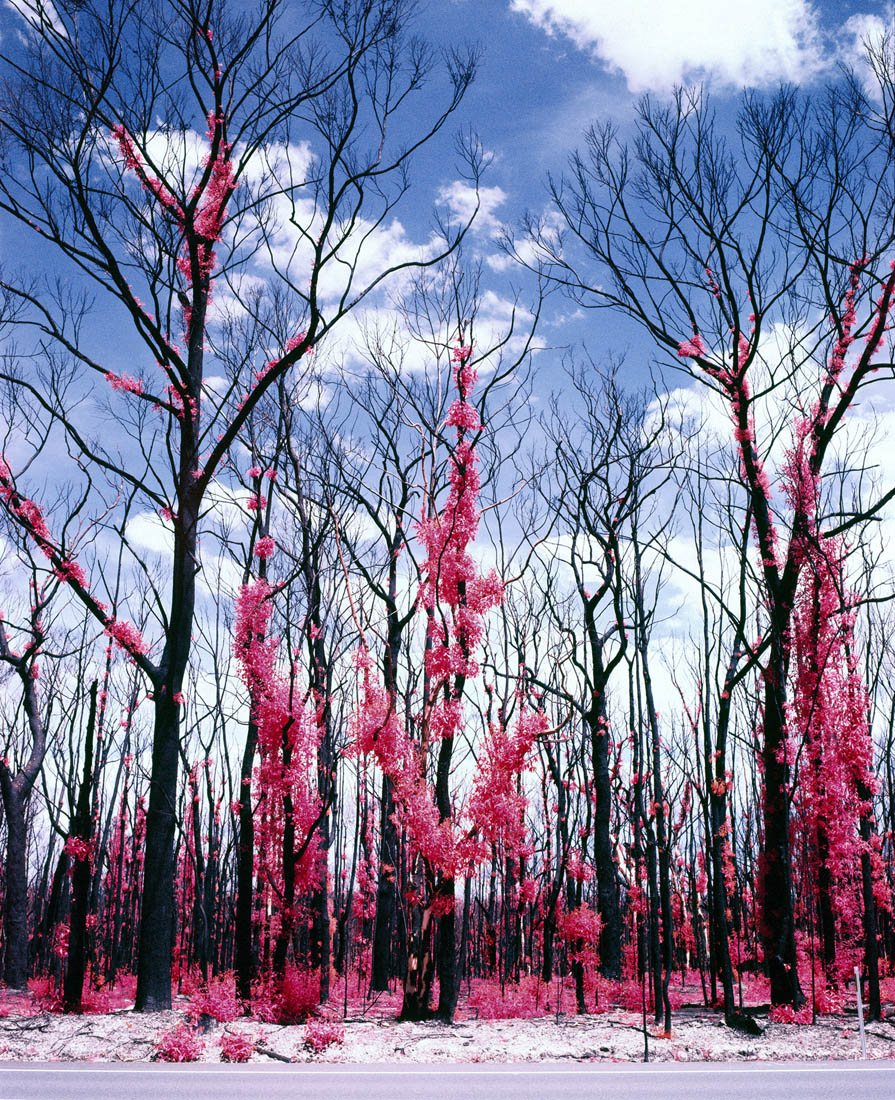
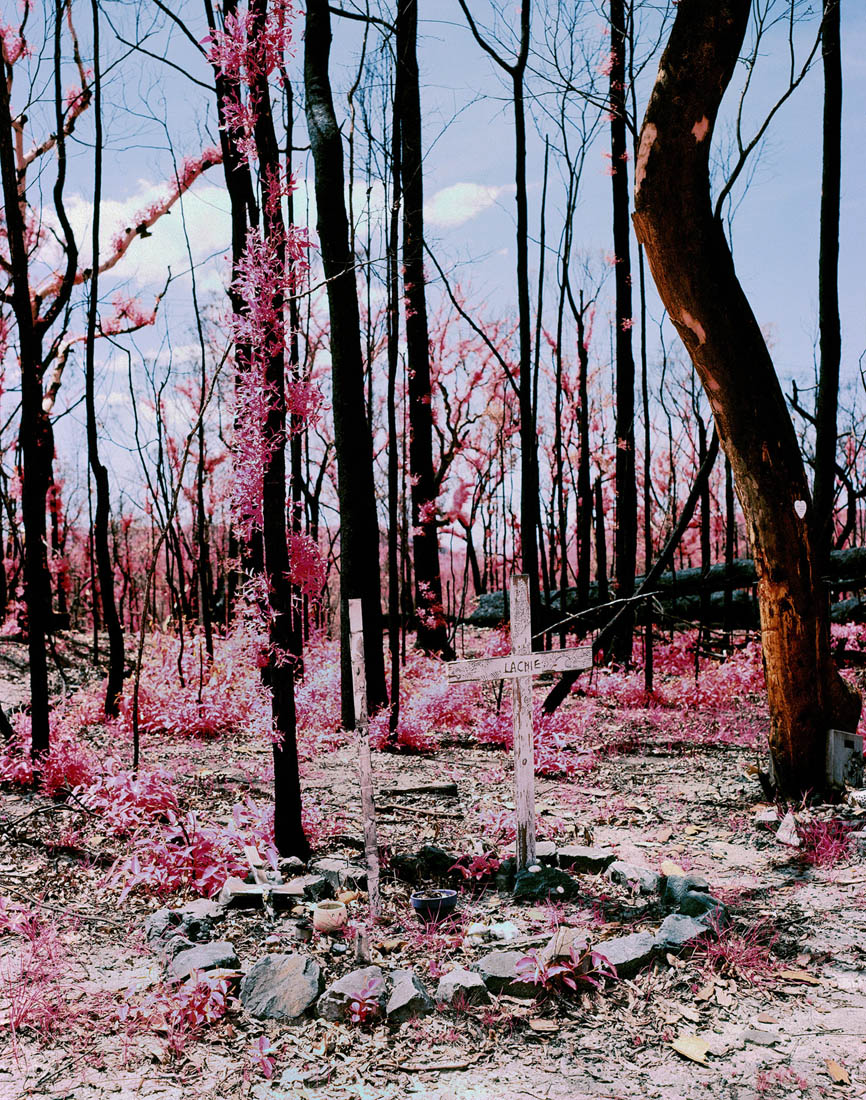
In fact, it was Mosse’s dreamlike and confronting images of conflict in the Democratic Republic of Congo that first caught Rob’s eye. “I was immersed by the lurid shades of pink and red, where the rolling hills and dense jungle should have been verdant. It was a trip”. At this point, now obsessed with infrared film, Rob set out to find some for himself. After quite the search, he came across five rolls via a seller in Europe. “Each roll cost me a hefty 40 euros on eBay, which at the time I thought was ridiculous, but based on what they are selling for on eBay now, in hindsight was an absolute bargain”. The reason the film costs so much is mainly due to the fact that it’s no longer made and hasn’t been for over a decade. “Kodak Aerochrome 1443 is the latest variant of these films and that was unfortunately discontinued in 2009”. If you’re keen to hunt some down and get shooting, be sure to grab yourselves a yellow, orange or red lens filter. “These will reduce the film’s sensitivity to blue, which will help significantly with the composition”.
Eager to share why this special film delivers such mystic scenes, Rob explains; “The film is sensitive to ultraviolet, visible and infrared light but primarily skewed towards the infrared part of the spectrum. Infrared light appears as the colour red, green light appears as the colour blue, and red light appears as the colour green. Aerochrome is sensitive to wavelengths of light beyond the visible spectrum (i.e. what the human eye can see). In these images, when you see that pinkish-red colour, that is the result of something reflecting infrared light, which plants, in particular, do very strongly”.
Once Rob had his mitts on some Aerochrome, he then had to decide how best to use it. At the time, NSW had been ravaged by bushfires and Walwyn was captivated by the atrocity. These were unprecedented times Rob reminds us.
“These bushfires were some of the most intense in living history. Many people lost their lives, close to 19 million hectares of land was scorched and over 3 billion animals were either killed or displaced”.
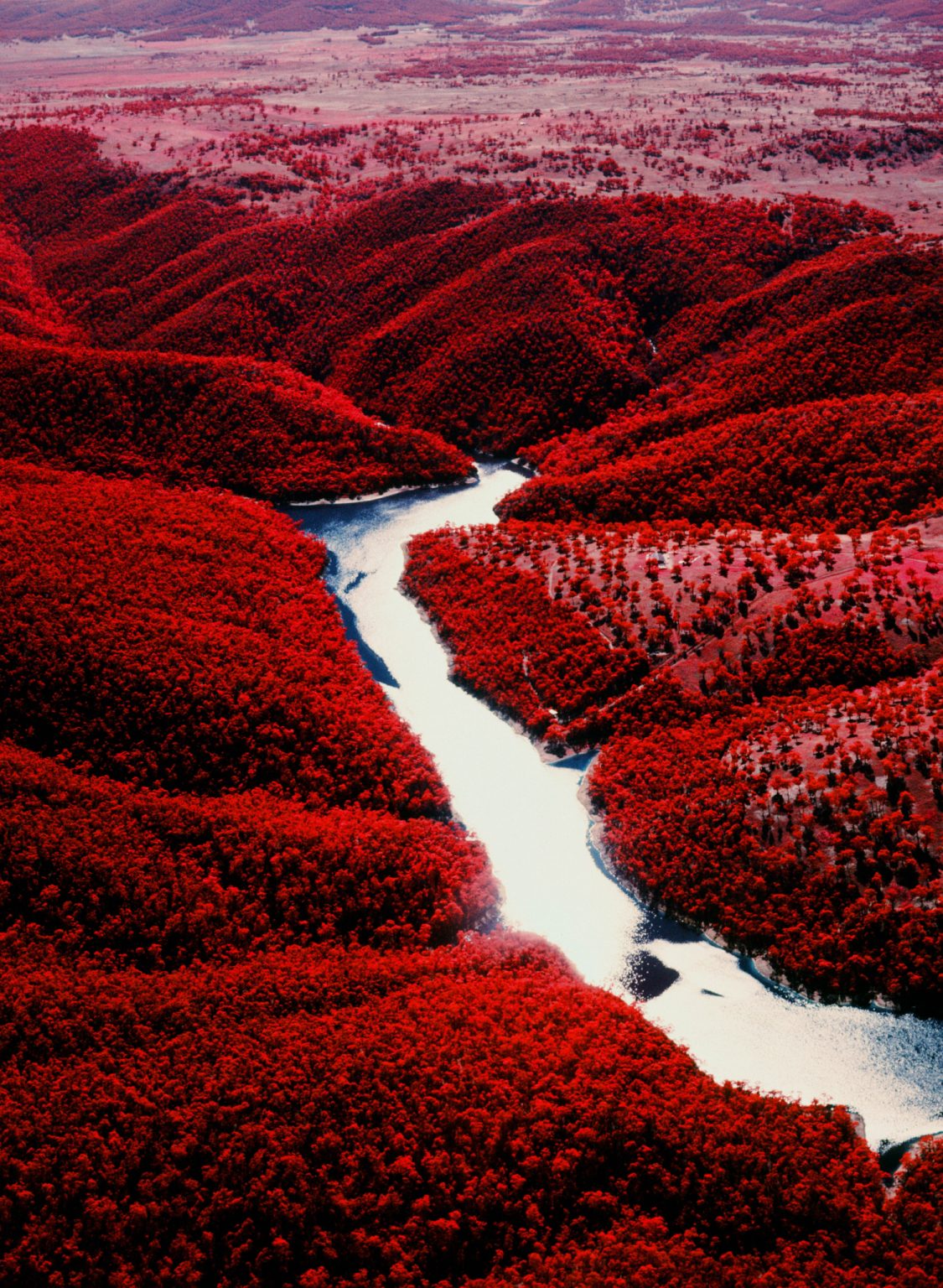
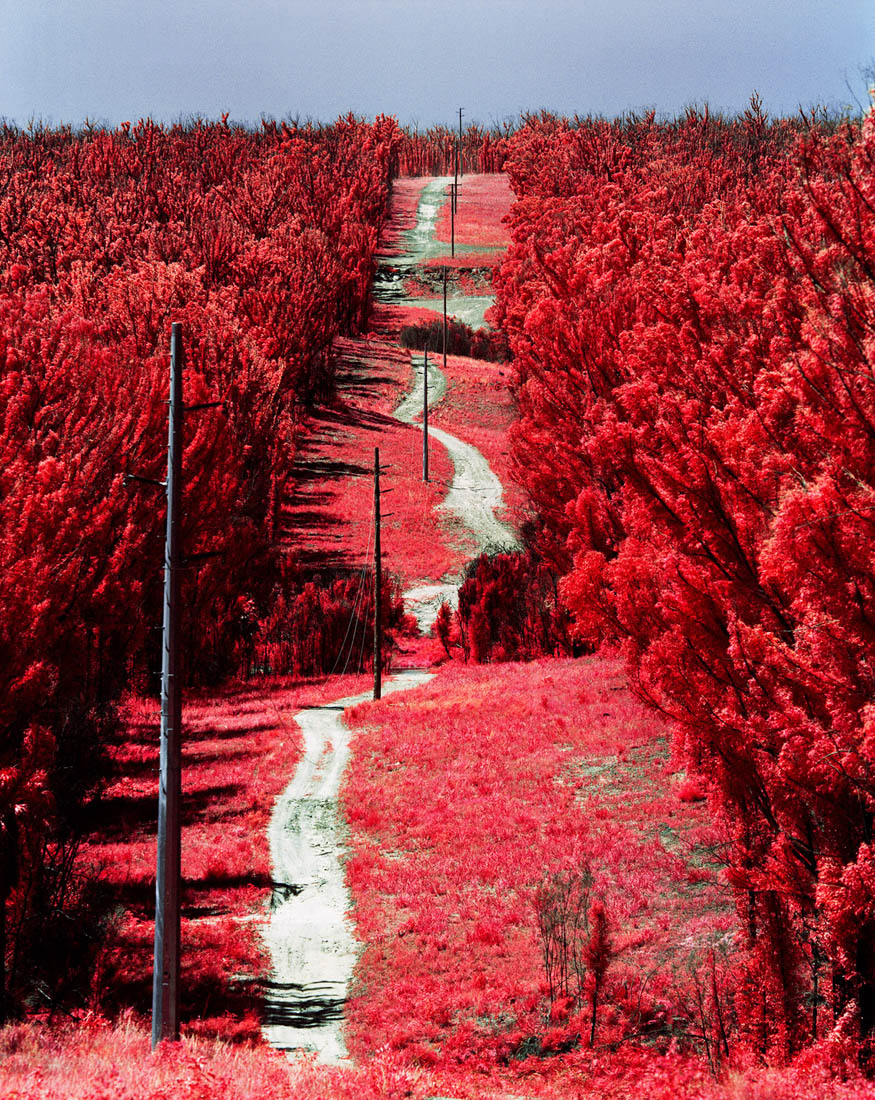
At the time, both politicians and the media were spreading fake news about the 2019-20 bushfire season. In particular, that there was no link between these insane blazes and man-made climate change. It was here, that Rob started to engross himself “in the science behind bushfires and Indigenous land and fire management practices”.
Coining the photo series Karrikins (which refers to a family of chemical molecules that are produced as a result of bushfires), Rob hopes to shine a light on the continued destruction of our planet, due to lack of action on climate change. This series is a symbol of the natural world bouncing back from crisis. Walwyn’s frames depict vegetation breathing new life after the fires have passed through. Interestingly, the etymology behind the naming of these regenerative molecules is derived from the Aboriginal word ‘karrik’ meaning smoke.
Walwyn’s photos (shot across The Blue and Snowy Mountains of NSW), look and feel as though they were taken in an alternate reality. Foliage glows a freakish red, rivers run silver, while lakes are black as night. The eucalyptus tree’s regrowth is the most dazzling. Pink leaves literally bursting from scorched trunks. From the air (yes, Rob forked out for a heli ride), entire valleys and sweeping plains are tinged with shades of red and cool blue. Simply captivating views.
Confined only to NSW bushland due to COVID, Walwyn is currently making plans to visit rural areas in other states affected by bushfires. Touchingly, Rob ended up selling off a number of these fascinating prints, donating all the proceeds to a number of bushfire recovery charities. “It was super rewarding to know I was making a positive contribution”. If you’re keen to hang a shot from Karrikins in your home, reach out to Rob via Instagram or his website. You’ll find links to both below.
Studying Rob’s work, we see this landscape in a new and important light. These rural ecosystems are living, breathing, resilient places that need our help to ensure their long-term survival. There is only so much of a rapidly changing climate they can defend.
This is the Australian bush like you’ve never seen before.
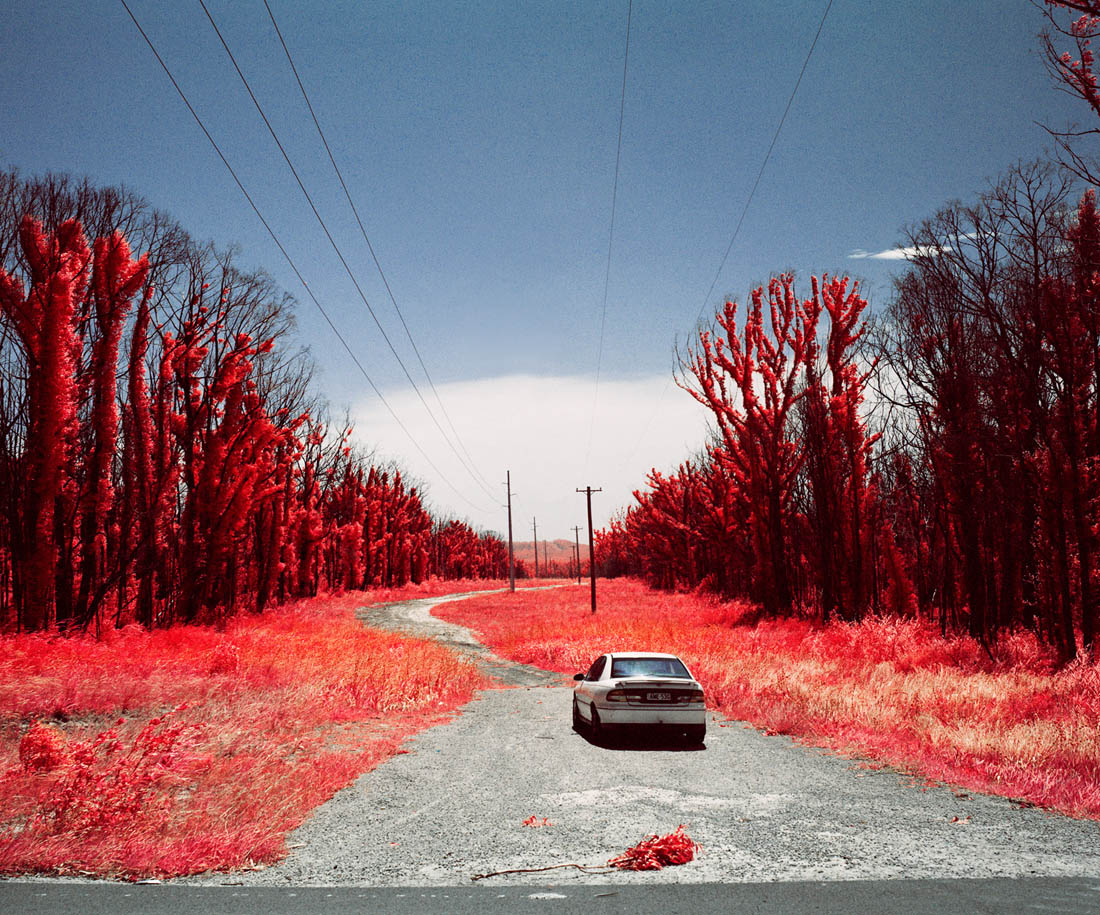
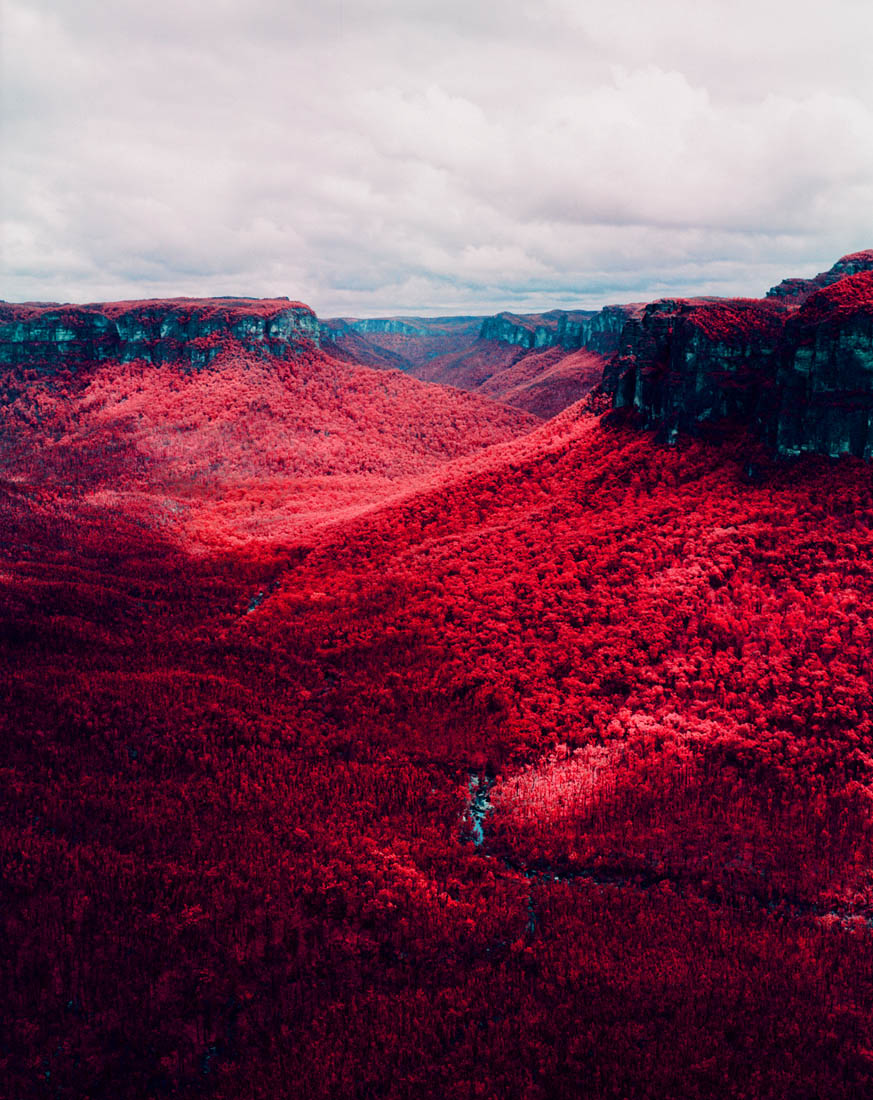
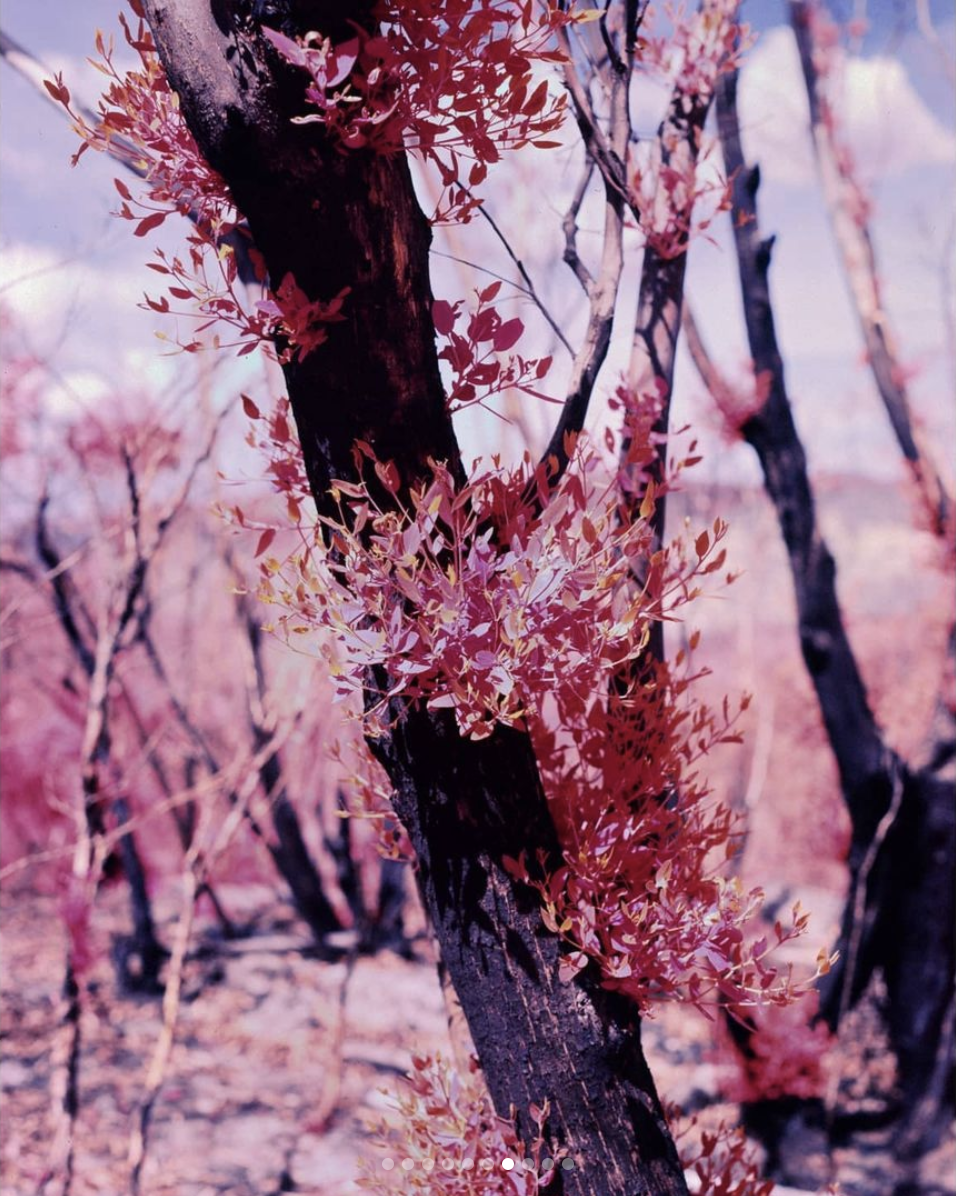
Loves Dance, Film Photography, Ocean Pools, The NY Knicks & Campari Sodas.